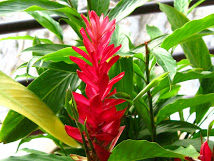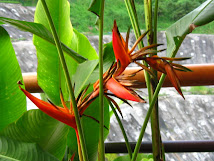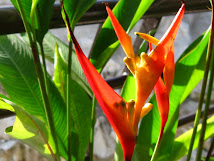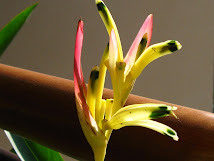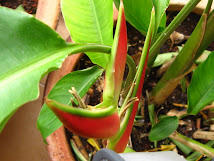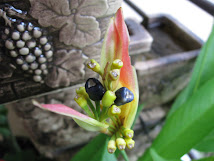
25th December 2008
18 bracts visible, 14 opened

24th December 2008
16 bracts, 14 opened...

22nd December 2008
16 bracts visible, 13 opened...

16th December 2008
16 bracts visible, 12 opened

15th December 2008
15 bracts of which 12 are opened

12th December 2008

11th December 2008
14 bracts visible, of which 12 are opened

9th December 2008
14 bracts visible, of which 11 are opened

8th December 2008
14 bracts visible with 9 opened bracts

3rd December 2008
13 bracts are now visible with 8 opened bracts...

1st December 2008
12 bracts are now visible with 7 opened bracts...

30th November 2008
11 bracts are now visible with 7 opened bracts...

29th November 2008
11 bracts are now visible with 6 opened bracts...

27th November 2008
11 bracts are now visible with 5 opened bracts...

24th November 2008
10 bracts are visible with 4 opened bracts.
You can also clearly see the perianth on the 2nd topmost bract.

23rd November 2008
9 bracts visible, of which 4 are opened...

22nd November 2008
9 bracts visible, of which 3 are opened...

20th November 2008
8 bracts now visible, of which 3 are opened.
Did you notice the flying ants on the topmost, 3rd and 4th bracts.

19th November 2008
8 bracts , 2 opened...

18th November 2008
Topmost bract is now almost vertical whilst the 2nd opened bract is almost horizontal. Notice also that the rest of the inflorescence containing 6 unopened bracts is now hanging down vertically.

17th November 2008
2 red bracts are now opened...

16th November 2008, Noon
Notice the 2 bees at the proximal of the bracts

16th November 2008
7 bracts now visible and 2nd topmost bract starting to open...

15th November 2008
Topmost bract has opened

14th November 2008
6 bracts clearly visible and notice that the topmost bract is starting to open.

13th November 2008
6 unopened bracts visible...

12th November 2008
6 unopened bracts are now visible.
Notice the ant on the middle of the inflorescence.

11th November 2008
5 unopened bracts clearly visible.

10th November 2008
5 unopened bracts now visible

9th November 2008
Frontal view, 5 bracts now visible.

9th November 2008
Did you notice the ant on the inflorescence ?

8th November
Another view of the inflorescence now drooping downwards from horizontal.

8th November.
Inflorescence has now dropped below horizontal.
Notice the ant on the middle of the inflorescence

7th November
Inflorescence is now almost horizontal.

6th November 2008
Inflorescence is now upright with four bracts now visible

5th November 2008
At about 30 degrees vertical.

4th November 2008
3 bracts visible and 2nd & 3rd bracts have grown...

2nd November Noon
2 bracts visible with 3rd bract starting to grow.

1st November 2008
1 bract visible with 2nd bract starting to grow.

31st October 2008
Yes, it is definitely flowering and a bract now visible.

30th October 2008
When I got a matured Rostrata from Sally, it had 2 inflorescences. After re-potting, most of the leaves were burnt and had to be pruned off. Soon after, both the inflorescence also died.
This morning, I was pleasantly surprised to see the possible flowering on one of the remaining stems :-)



















































